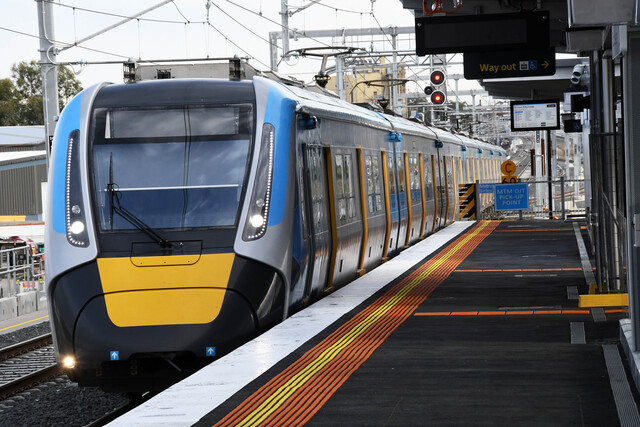A few weeks ago the Pakenham Gazette kindly published a letter I wrote on the despair I felt for young people trying to enter the housing market.
The Gazette has since published a number of excellent articles identifying the roadblocks that prevent housing affordability including the massive rises occurring in rental property.
The Gazette also put the question to local politician’s – what does your party propose do to about it?
The three major parties have all addressed housing affordability in the campaign to varying degrees.
Tragically, we are getting more and more reports of people living in tents and cars. People with families and people with full time jobs.
Third world living conditions in one of the wealthiest countries on the planet.
So, what have we learnt about housing affordability over the past few weeks and what should we be doing about it?
1. Supply and demand.
For many years there are simply not enough houses being built.
2020 Census data indicated over the previous 13 years new home constructions of family homes did not meet the historical average.
Consequently, prices are too high meaning saving a deposit and paying off a house is now out of reach of many more young Australians who have modest to low incomes or otherwise disadvantaged in the housing market.
Further, this has meant rental prices have increased and vacancy rates are at an all-time low.
The answer to fix housing affordability is to build more dwellings.
2. Rent
32 per cent of the Australian population, 8.34 million people live in rental properties.
Rental prices have increased and vacancy rates are at an all-time low. Over the past 20 years, apart from during the Global Financial Crisis we have given up on providing new social housing that is low-cost rental housing for people with needs including aged, living with disabilities, family breakdown etc or who are on limited incomes and cannot afford private market rental housing.
The OECD puts Australian current investment into social housing rentals at 4 per cent of total housing.
Comparative economies, Netherlands 37 per cent, Denmark 21 per cent, UK, 17 per cent, and France 14 per cent.
Four per cent simply doesn’t cut it and highlights the neglect of government in looking out for the interests of these vulnerable Australians
3. Contract building and deregulation
Our development industry highlights the costs and regulatory time delays in planning and development they experience. These costs are necessarily passed through to the consumer.
Australia has a contract rather than a speculative building system.
This means dwellings are only built when contracted to do so with the display village a key process in this. People visit a display village choose a house and builder and then it is built. This means only as many dwellings are built as contracted.
And with weakening affordability fewer and fewer households can contract to build.
We must have a national approach to making development less costly, with fewer delays and with a plan to address the supply shortfall.
4. Solutions
The solutions below are drawn from a range of government, business and community service organisations who have an understanding of the reforms necessary required to fix this problem.
Political will is going to be the major determining factor. Everything else here is possible apart from that one ingredient.
A national approach/framework to address housing shortages to be immediately put in place to overcome current over regulation and delays that stifle building development and a framework that rewards local governments who achieve social housing targets for vulnerable community members.
Commit to a national minimum target of 500,000 houses to be built over the next 10 years.
Place a percentage of these new dwellings in the hands of state public housing authorities or non-profit community housing providers to ensure disadvantaged.
Australians can have secure housing and capped rents so that they and their families have an opportunity to build secure lives.
Australia must no longer be at the bottom of the table when it comes to providing secure affordable social housing.
Take steps to help people enter the housing by implementing and extending already proven strategies.
This includes both rent to buy options and shared equity options for those who can achieve partial deposit so that they can have the security of their own home.
Introduce incentives to address labour shortfalls in the building industry and strategies to reduce building planning and development costs.
Target negative gearing advantages specifically to new build dwellings so that it will help stimulate supply and become better public policy.
A policy that helps people build their retirement security whilst meaning more Australians can be housed and first homebuyers are not competing against investors when saving their deposit and buying a home for their family.
To our politicians who have been dreamily asleep at the wheel on this one for a long, long time. it’s time to wake, find inner will and do something.
Tony Fitzgerald,
Garfield.







